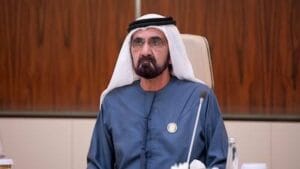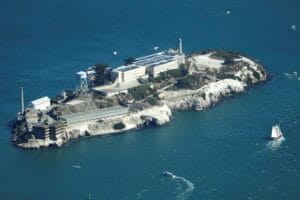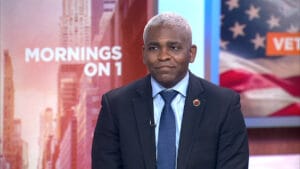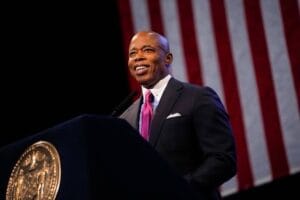China defies Trump’s trade war, sets bold 5% growth target
China has set an ambitious economic growth target of “around 5%” for 2025, signaling defiance in the face of escalating U.S. tariffs that threaten its export-driven economy.
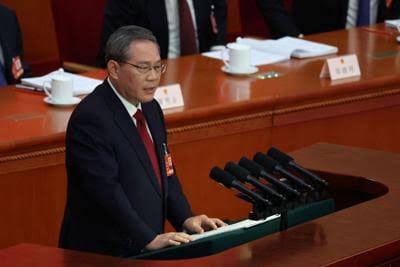
File Source: Channel 3000
China has set an ambitious economic growth target of “around 5%” for 2025, signaling defiance in the face of escalating U.S. tariffs that threaten its export-driven economy. The move was announced by Premier Li Qiang on Wednesday as he delivered the government work report at the opening session of the National People’s Congress (NPC), China’s rubber-stamp legislature.
“The target underscores our resolve to meet difficulties head-on and strive hard to deliver,” Li said, addressing thousands of delegates inside Beijing’s Great Hall of the People. The speech came just hours before U.S. President Donald Trump’s first address to Congress in his second term, creating a stark split-screen moment between the two global powers. While Trump’s speech in Washington was marked by protests and a divided Congress, Beijing’s leadership projected unity, with President Xi Jinping and top officials receiving a standing ovation as they entered the hall.
Xi’s government has sought to present China as a stable and confident global power, even as it faces mounting economic pressure. “With the dedicated efforts of our people across the country, we can prevail over any difficulty in pursuing development,” Li declared. “The giant ship of China’s economy will continue to cleave the waves and sail steadily toward the future.”
While Li avoided directly naming the U.S., his speech alluded to the impact of rising tariffs and global economic uncertainty. Trump, for his part, largely ignored China in his address, aside from brief mentions of tariffs and a misleading claim that Beijing “operates” the Panama Canal. Instead, he focused his trade criticisms on other Asian economies, including South Korea and India.
Despite Beijing’s optimistic rhetoric, the pressure from Washington is mounting. Just a day before Li’s speech, Trump doubled tariffs on all Chinese imports to 20%, adding to the extensive duties already in place. His administration also moved to tighten restrictions on U.S. technology exports to China. In swift retaliation, Beijing imposed up to 15% tariffs on selected American goods, expanded export controls on U.S. firms, and suspended imports of American logs and soybeans.
“If the U.S. insists on waging a tariff war, trade war, or any other kind of war, China will fight till the end,” a Chinese Foreign Ministry spokesperson warned.
While China’s leadership remains defiant, the economic headwinds are undeniable. Li acknowledged the challenges ahead, noting that “the external environment is becoming more complex and severe, which may have a greater impact on the country’s trade, science and technology, and other fields.”
To counter the fallout, China has raised its budget deficit to around 4% of GDP—the highest in decades—and lowered its inflation target to 2%, signaling growing concerns over deflation. Domestic consumption remains sluggish, adding to the strain from external pressures. China is also grappling with a real estate crisis, soaring local government debt, declining foreign investment, and record youth unemployment.
Despite these struggles, Beijing remains committed to its goal of technological self-sufficiency. “We will foster emerging industries and industries of the future,” Li said, highlighting plans to boost funding for bio-manufacturing, quantum technology, AI, and 6G development. The government has allocated 398 billion yuan ($54.7 billion) for science and technology spending in 2025, a 10% increase from the previous year.
China’s tech sector has recently seen major breakthroughs, including the rise of AI firm DeepSeek and its challenge to Silicon Valley. Meanwhile, China’s electric vehicle industry is competing directly with Elon Musk’s Tesla. However, analysts warn that these achievements, while impressive, have not been enough to offset the broader economic challenges.
Trump’s tariffs, in particular, threaten China’s traditional manufacturing base. “Many low-end, labor-intensive factories are already struggling,” said Wang Yiwei, director of the Institute of International Relations at Renmin University. “A 10% tariff hike will force them to relocate to countries like Vietnam, accelerating the hollowing out of China’s manufacturing industry.”
The potential social consequences are severe, as these industries provide jobs for millions of Chinese workers. The government remains wary of unrest, and balancing economic resilience with stability will be a key test for Xi’s administration in the years ahead.
Even as China focuses on its economic battle, it is also ramping up military spending. On Wednesday, Beijing unveiled a 7.2% increase in its 2025 defense budget, bringing total spending to 1.78 trillion yuan ($245 billion). While the growth rate remains consistent with recent years, China has not reported double-digit military spending increases since 2015.
With trade tensions escalating and economic challenges deepening, China’s leadership is betting on resilience. But as U.S. pressure intensifies, Beijing’s ability to maintain stability while pursuing its long-term ambitions will be put to the test.



